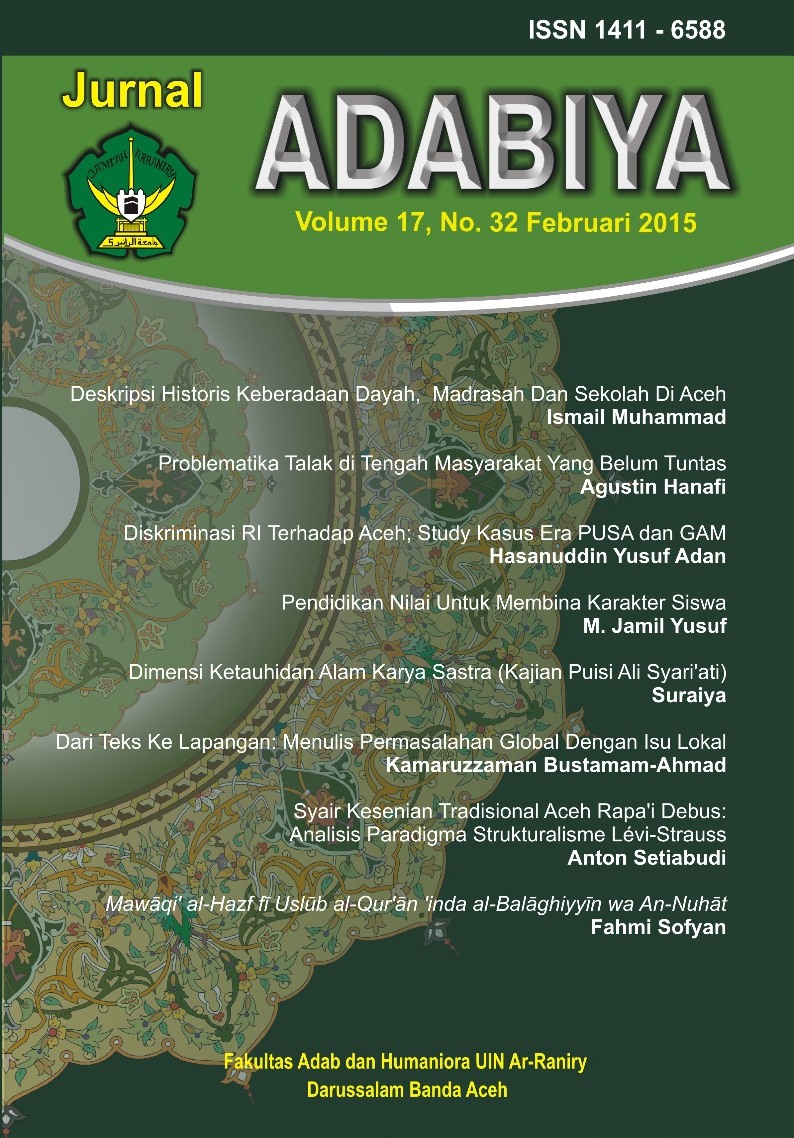References
As-Siba’i Mustafa, Peradaban Islam Dulu, Kini dan Esok. Gema Insani Press, Jakarta : 1993
Yatim Badri, Sejarah Peradaban Islam, PT: Gravindo Persada : 2003
Majid Mun’im Abdul, Sejarah Kebudayaan Islam, Pustaka : 1997
Perpustakaan Nasional : Katalog Dalam Terbitan (KDT), Ensiklopedi Mini Sejarah dan Kebudayaan Islam, Logos Wacana Ilmu, Jakarta 1996.
Sunanto Musyrifah, Sejarah Islam Klasik, Jakarta Timur, Penada Media: 2003
Suwito, Sejarah Sosial Pendidikan Islam, Jakarta, Kencana. 2005
Dean Derhak, Muslim Spain and European Culture, dalam http://www.muslimheritage.com
Philip K. Hitti, History of the Arab, London, Macmillan Press, 1970
Carl, Brockelmann, History of the Islami Peoples, London: Rotledge & Kegan Paul, 1980
Bertol Spuler, The Muslim World: A Hisrorical Survey, Leiden: E. J. Bril, 1960
Thomas W. Arnold, Sejarah Da’wah Islam, Jakarta: Wijaya, 1983
K. Bertens, Ringkasan Sejarah Filsafat, Yogyakarta: Kanisius, 1986
Mahmudunnasir, Islam Its Concept & History, New Delhi: Kitab Bravan, 1981
S. M. Imaduddin, Muslim Spain: 711-1492 A.D, Leiden: E. J. Brill, 1981
Jurji Zaidan, Tarikh al-Tamaddun al-Islami, juz III, Kairo: Dara l-Hilal, tt
Musyrifah Sunanto,Sejarah Islam Klasik, Jakarta Timur, Penada Media, 2003
W. Montgomery Watt, Kejayaan Islam: Kajian kritis dari tokoh orientalis. Yogyakarta: Tiara Wacana, 1990
Harun Nasution, Islam ditinjau dari berbagai aspeknya, Jakarta: UI Press, 1985
Lutfi abd al-Badi, al-Islam fi Isbaniya, Kairo: Maktabah al-Nahdhah al-Mishriyyah, 1969
Masjid fakhri, Sejarah Filsafat Islam, Jakarta: Pustaka jaya, 1986
Zainal Abidin Ahmad, Riwayat Hidup Ibn Rusyd, Jakarta: Bulan Bintan: 1975



